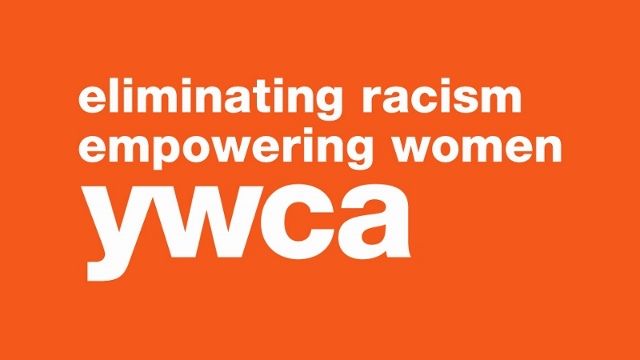Fact Sheets and Linked Resources
-
Research shows that women living in poverty are at greater risk of experiencing domestic abuse from their partners. Therefore, understanding the relationship between poverty and domestic violence is critical.
-
Nationally, women earn 82% of men’s median earnings. The wage gap for all Delaware Women is slightly narrower; in the First State, women can expect to be paid 86% of men’s median earnings. However, we know that this gap isn’t the same for ALL women. Women of color face a significantly larger pay gap, as compared to their white female counterparts.
-
This report outlines the many reasons why the needs of DE women need to be front and center in the COVID-19 recovery effort.
-
What is stalking? Learn about the tactics, facts, impact and more.
-
Each year, the National Network to End Domestic Violence surveys programs across the country for a 24-hour snapshot of domestic violence services provided to survivors and their children. This is the summary of Delaware's services.
-
The second edition of the Health Equity Guide for Public Health Practitioners and Partners is intended to support practitioners and partners engagement in multifaceted approaches to addressing health equity. The guide focuses on place-based, clinical, and policy-oriented strategies, as well as research, evaluation, and leadership. The guide has been updated to facilitate the translation of the latest evidence into practice, and present new strategies and tools for practitioners and partners. This edition also deliberately highlights persistent racial health inequities, and serves as a call-to-action for all of us to work purposefully to close these gaps that negatively impact the health of entire communities in our state.
-
More teen resources can be found at www.loveisrespect.org
-
Prepared by the Domestic Violence Coordinating Council Elderly and Domestic Violence Committee (2017)




